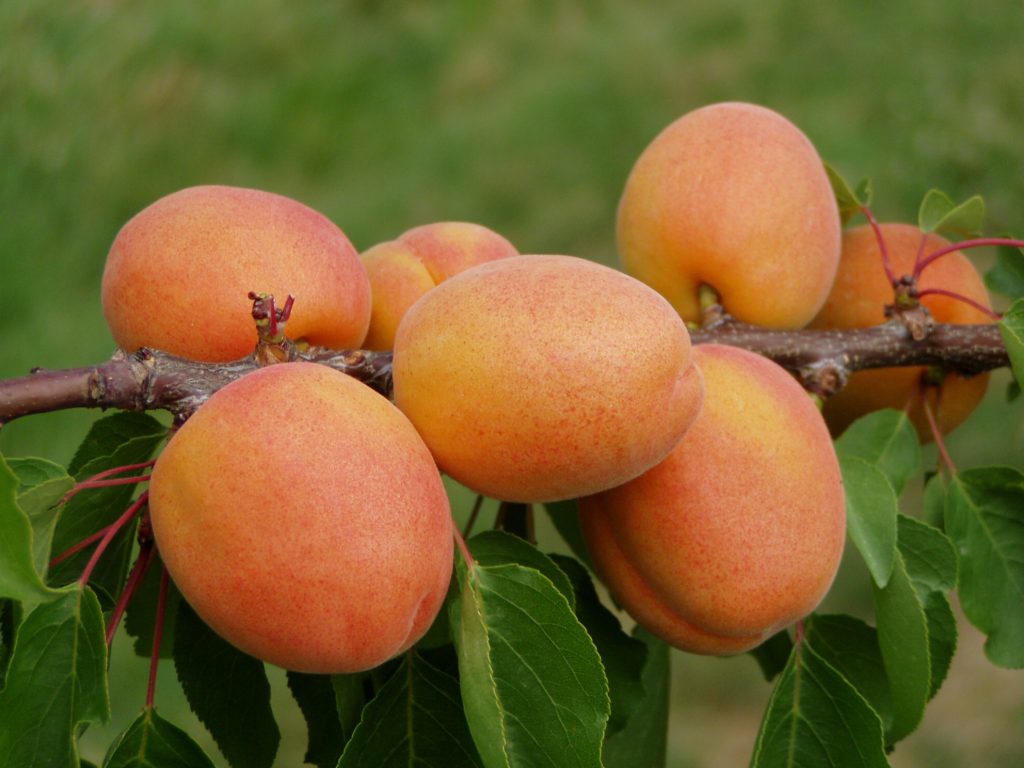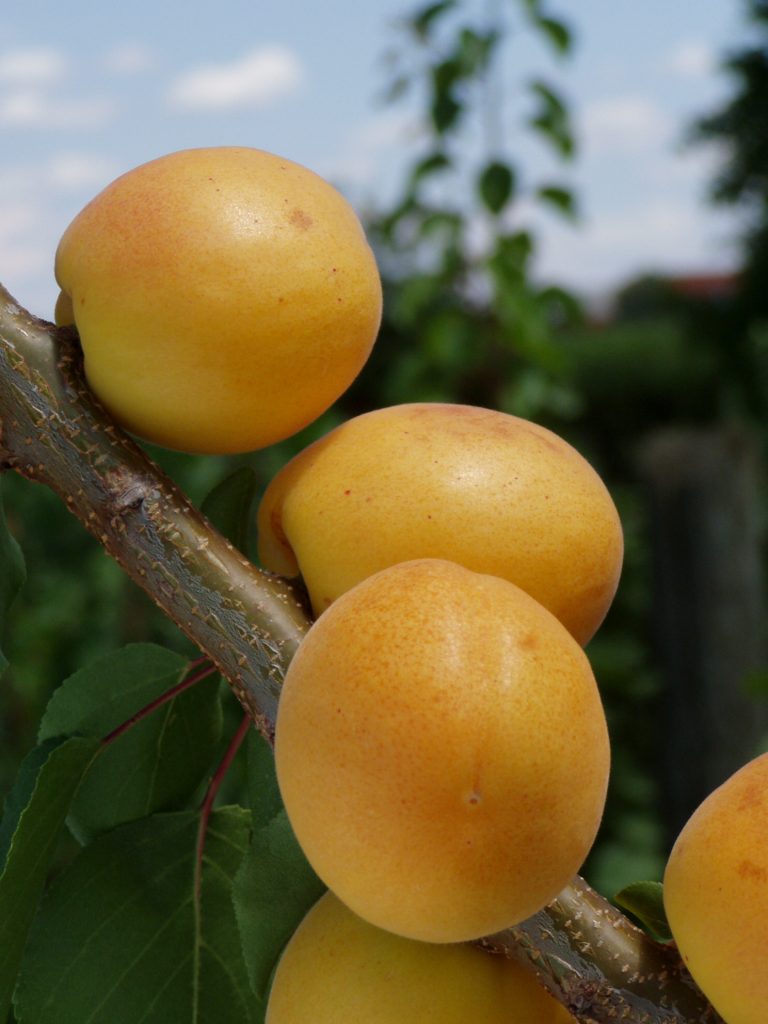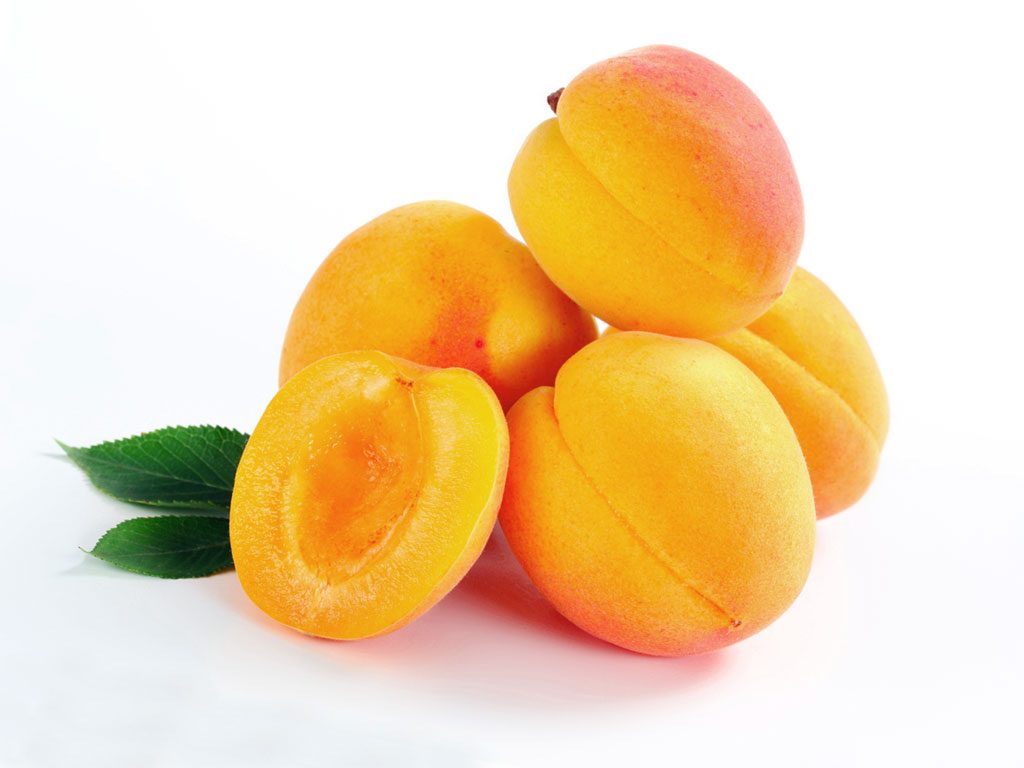Apricots – Cv diverse
Description:
the main varieties grown in Piedmont are: Tonda di Costigliole, San Castrese, Harcot, Laycot and Orangered.
Origin:
they come from northeastern China on the border with Russia, from there, over the centuries, slowly spread westward through Central Asia until arriving in Armenia (which took its name), arriving in Europe with the ancient Romans and growing in importance with the Arabs. The cultivation is concentrated in Piedmont in the hilly areas particularly suitable as the Saluzzese, Roero and Albese.
The fruit:
globular and yellow or yellow-orange drupe, with velvety skin; the flesh is yellow and fleshy.
Maturation:
June 1 – July 15
Flavor:
sweet aromatic whose intensity varies depending on the variety and the degree of ripeness.
Curiosity:
besides the fruit, the seeds, called armelline or bitter almonds, are also used in confectionery as an ingredient in syrups, liquors and macaroons in combination with sweet almonds; all in limited quantities (only as flavor) because they contain a derivative of hydrocyanic acid that consumed in high doses would be toxic.
It's good because:
apricots have a high content of potassium, carotene, protein, sugar, calcium, iron and phosphorus. They are nutrient loading and easily digestible. They are one of the richest fruits in provitamin A due to the high amount of beta-carotene, essential for the production of melanin, which protects from the sun and facilitates the tan. They are also useful in disorders of view.


